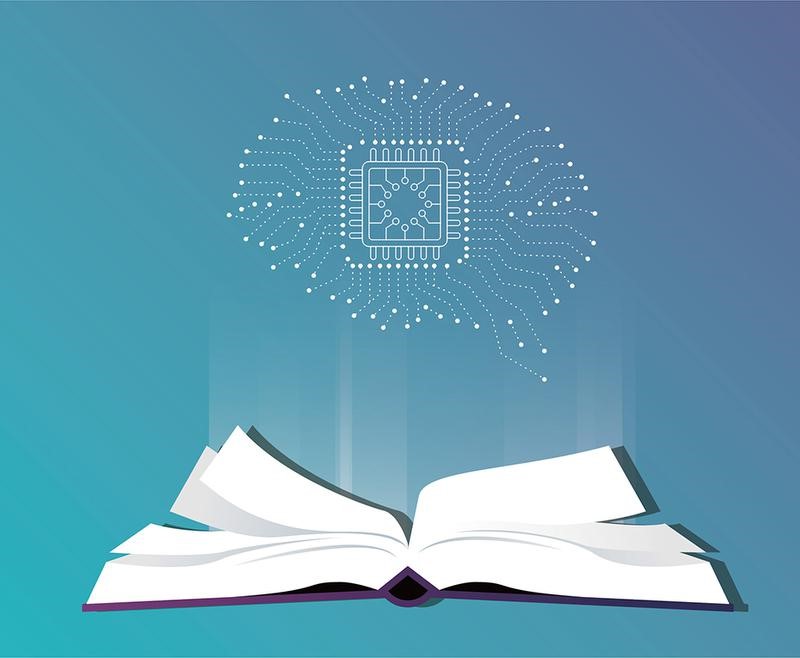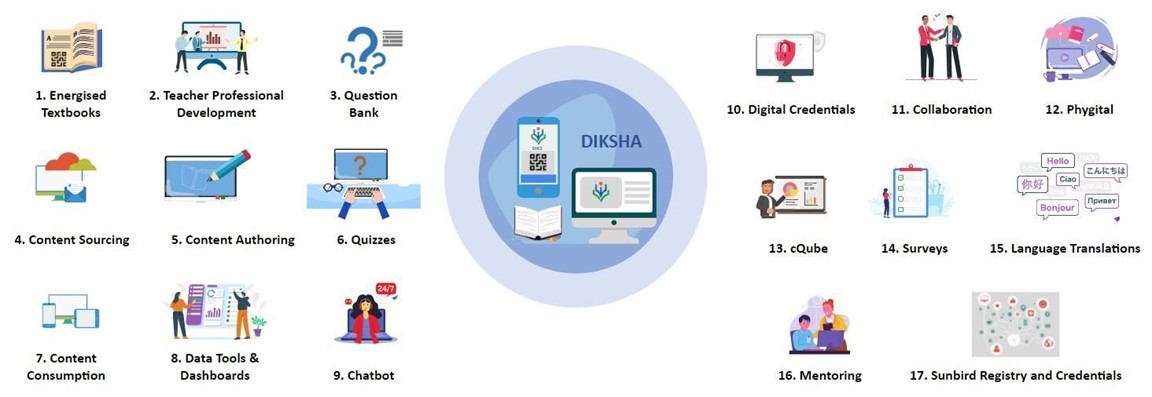Free Courses Sale ends Soon, Get It Now


Free Courses Sale ends Soon, Get It Now



Disclaimer: Copyright infringement not intended.
Context
Details
Background
Integration of PAL
Challenges and Considerations
Government's Motivation
State Experiments
Timeline
Additional Features
DIKSHA: DIGITAL INFRASTRUCTURE FOR KNOWLEDGE SHARING

Overview
Purpose and Development
Customization and Usage
Content Licensing
One Nation, One Digital Platform
Solutions and Features
Impact During COVID-19 Pandemic
Additional Initiatives and Resources
|
PRACTICE QUESTION Q. What is the primary aim of integrating Personalised Adaptive Learning (PAL) into the Digital Infrastructure for Knowledge Sharing (DIKSHA) platform by the National e-Governance Division (NeGD)? Options: A. To provide content for students with visual or hearing challenges. B. To create a static content repository for educational resources. C. To offer individualized learning experiences based on students' unique needs and abilities. D. To facilitate teacher training in IT applications for the classroom. Correct Answer: C. |
https://epaper.thehindu.com/ccidist-ws/th/th_delhi/issues/50436/OPS/GBTBN25AC.1+GAOBN3260.1.html
© 2024 iasgyan. All right reserved